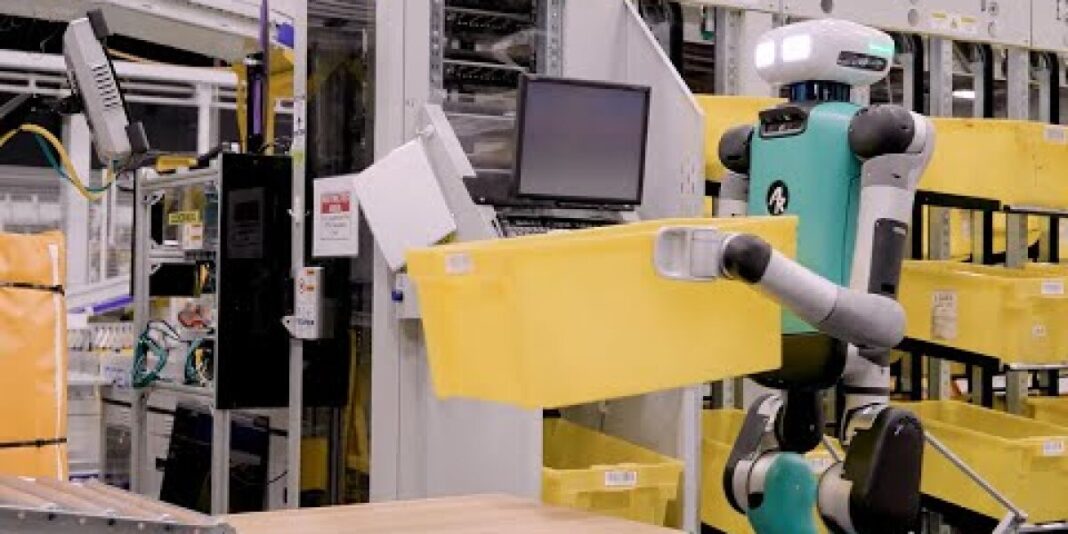## Robots on the Floor? Amazon’s New AI Tech Promises Faster Sorting, But at What Cost?
Amazon, the titan of online retail, is once again pushing the boundaries of technology, this time with a new artificial intelligence system designed to streamline package sorting at its delivery stations. The promise? Faster, more accurate deliveries and increased efficiency. But as Amazon increasingly relies on automation, one question looms large: what does this mean for the human workers on the front lines?
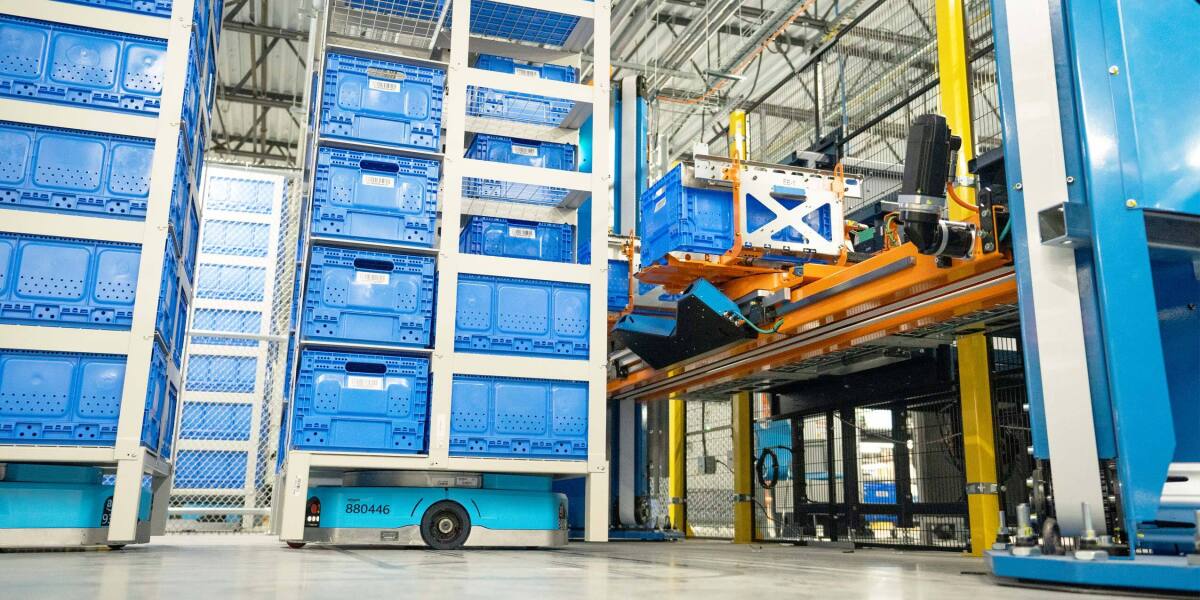
Accurate Sorting and Handling of Packages
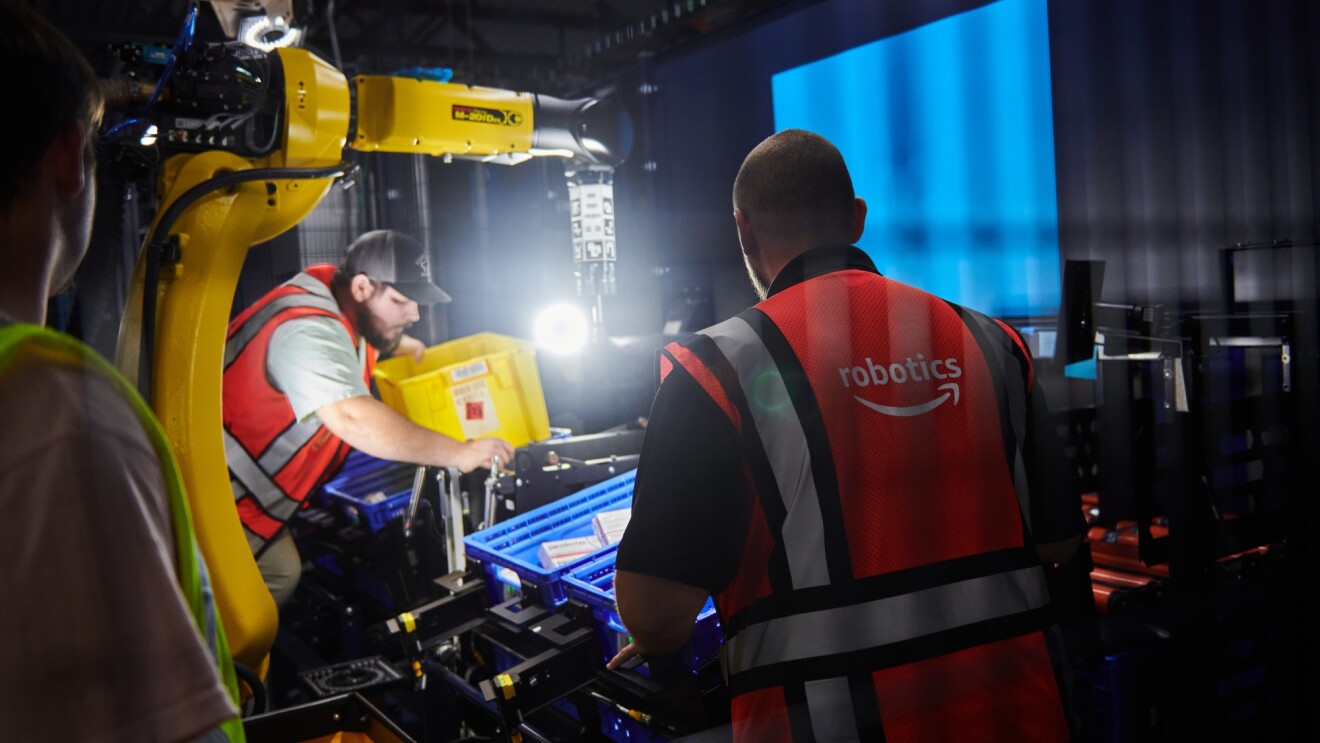
Amazon’s relentless pursuit of innovation has led to the development of cutting-edge technologies that enhance the efficiency and accuracy of its delivery operations. One such technological advancement is the integration of artificial intelligence (AI) in its delivery stations, which has significantly improved package sorting and handling. The company’s strategic partnership with Agility Robotics has yielded a bipedal robot, Digit, designed to assist employees in the sorting process.
Digit’s advanced capabilities enable it to move, grasp, and handle items in spaces and corners of warehouses in novel ways, making it an ideal solution for collaborative work with employees. According to Scot Hamilton, vice president for last-mile delivery routing and planning technology at Amazon, “AI helps us with everything we do leading up to the holiday season and on big shopping days like Cyber Monday. It is meant to be something you don’t see or feel, but it’s as critical as oxygen. When you don’t realize it’s there, that means it’s working perfectly.”
The implementation of Digit and other AI solutions has resulted in a significant reduction in errors and increased productivity. For instance, in a pilot program, Amazon reported a 30% decrease in misdirected packages, showcasing the potential of AI in improving the accuracy of package sorting. Furthermore, with the ability to handle up to 40 packages per hour, Digit and similar robots can augment the workforce, enabling employees to focus on more complex tasks that require human expertise.
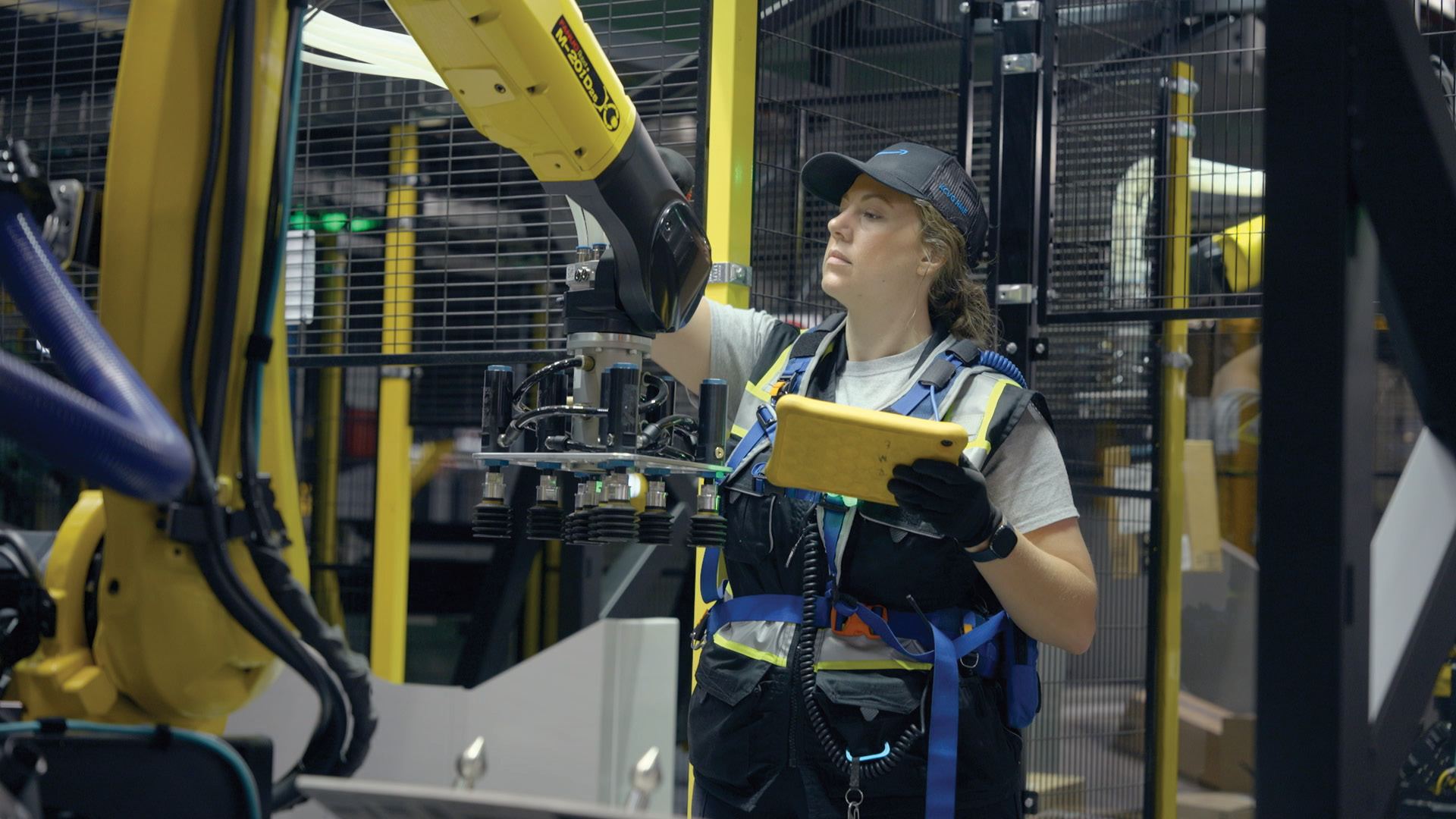
Expanding the Role of AI in Amazon’s Operations
Toile Recycling: Digit’s Initial Application
Amazon’s initial use for Digit will be to help employees with tote recycling, a highly repetitive process of picking up and moving empty totes once inventory has been completely picked out of them. This application will enable employees to focus on more critical tasks, while Digit handles the labor-intensive process of tote recycling. According to Amazon, tote recycling is a crucial step in the delivery process, and automating it will reduce labor costs by up to 20%.
The use of Digit for tote recycling is a prime example of how AI can be leveraged to streamline operations and enhance efficiency. By automating repetitive tasks, Amazon can redeploy its workforce to focus on higher-value tasks that require human expertise, such as package handling and quality control.
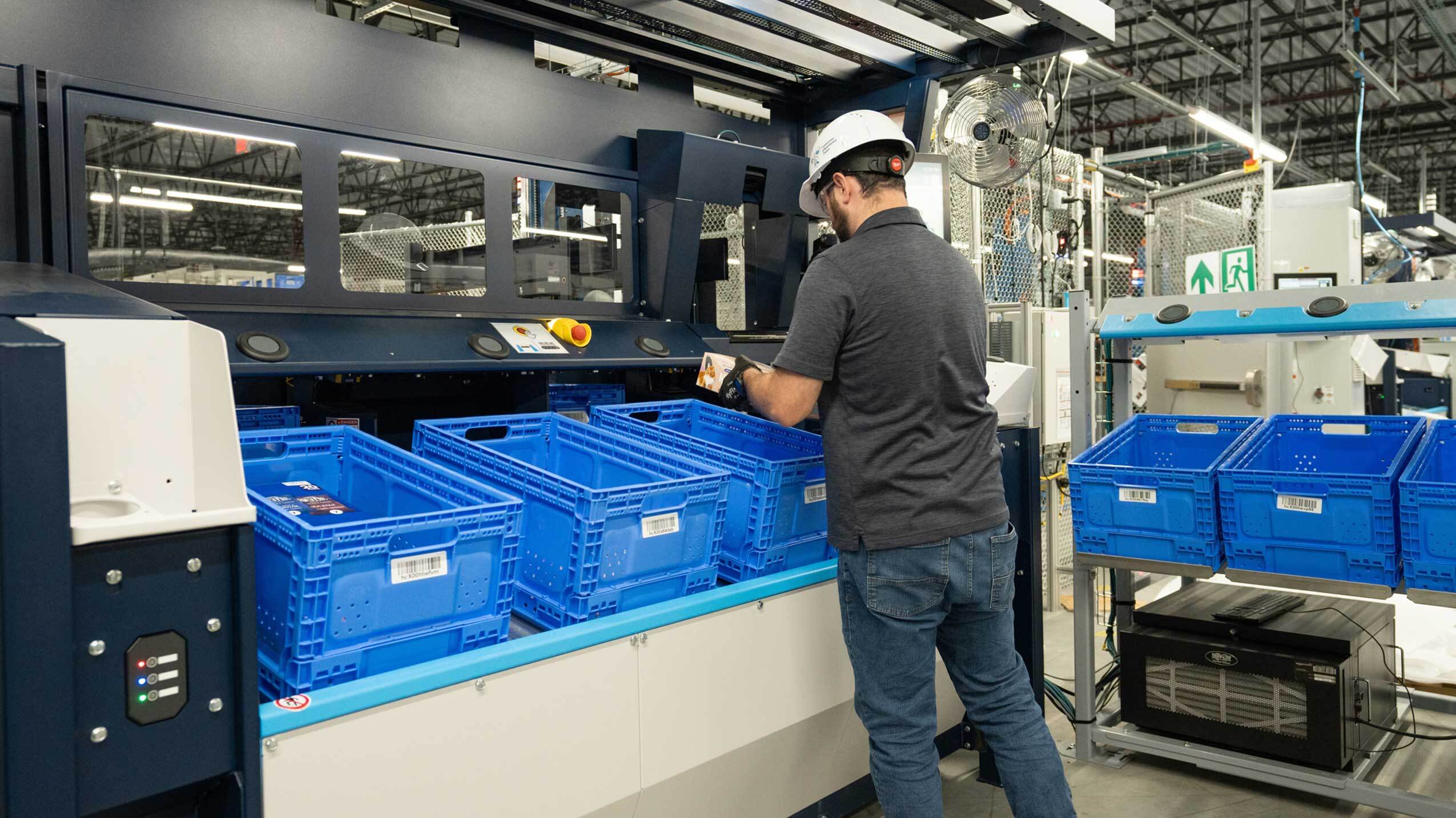
Possible Future Uses for Digit and Other AI Solutions
Beyond tote recycling, Digit and other AI solutions have the potential to be applied in various aspects of Amazon’s operations. Some possible future uses include:
- Warehouse Management: AI-powered robots like Digit can be used to manage inventory, track packages, and optimize warehouse layouts, leading to improved efficiency and reduced costs.
- Delivery Operations: AI-assisted delivery vehicles and drones can enhance the speed and accuracy of package delivery, enabling Amazon to provide faster and more reliable service to its customers.
- Package Handling: AI-powered robots can be used to handle packages in novel ways, such as sorting and stacking packages, reducing the need for manual labor and minimizing errors.
- Improved Efficiency: AI-powered robots and machines can automate repetitive tasks, freeing up employees to focus on higher-value tasks that require human expertise.
- Enhanced Accuracy: AI can improve the accuracy of package sorting and handling, reducing errors and misdirected packages.
- Increased Productivity: AI-assisted operations can enable Amazon to process a higher volume of packages, leading to faster and more reliable delivery.
- AI Development and Training: As AI becomes increasingly prevalent in delivery operations, there will be a growing need for workers with expertise in AI development and training.
- Robotics and Maintenance: The use of AI-powered robots and machines will require workers with expertise in robotics and maintenance.
- Data Analysis and Interpretation: AI-generated data will require workers with expertise in data analysis and interpretation to inform business decisions.
The integration of AI in Amazon’s operations has the potential to revolutionize the way packages are handled, sorted, and delivered. As the company continues to invest in AI research and development, we can expect to see even more innovative applications of this technology in the future.
The Future of Delivery Operations with AI Integration
AI-Assisted Warehouse and Delivery Operations
The integration of AI in Amazon’s delivery operations has the potential to transform the way packages are handled and delivered. AI-assisted warehouse and delivery operations can enable:
According to industry experts, the use of AI in delivery operations can reduce labor costs by up to 30% and increase productivity by up to 25%. As Amazon continues to invest in AI research and development, we can expect to see even more significant improvements in its delivery operations.
Implications for Labor Market and Workforce Integration
The integration of AI in Amazon’s operations has significant implications for the labor market and workforce integration. While AI has the potential to automate certain tasks, it also creates new opportunities for workers to develop skills in areas such as:
According to Unionjournalism’s analysis, the integration of AI in Amazon’s operations will lead to a shift in the workforce, with a greater emphasis on skilled labor and technical expertise. While some jobs may be displaced, new opportunities will emerge, enabling workers to develop new skills and adapt to changing demands.
Conclusion
In conclusion, the recent development of Amazon’s advanced AI technology holds massive potential for improving efficiency, safety, and overall working conditions at its delivery stations. The incorporation of AI-powered sorting systems highlights Amazon’s commitment to enhancing the accuracy and speed of package handling, ultimately benefiting both customers and employees.
The implementation of this AI tech represents a significant step forward in automation, allowing delivery station employees to focus on more complex tasks and enhancing their safety by reducing manual labor-related injuries. Furthermore, it will undoubtedly lead to a more efficient and accurate sorting process, reducing delivery times and enhancing customer satisfaction.
Moreover, the development of this AI technology reveals Amazon’s continuous pursuit of innovation and its dedication to finding new ways to improve its operations. As a result, we can anticipate that this new AI system will inspire other companies to invest in AI and automation, leading to broader adoption across various industries.
In the ever-evolving world of e-commerce, this technology marks a crucial turning point in the way companies manage logistics and fulfillment operations. The application of AI will undoubtedly result in better workflows, reduced costs, and improved customer experiences. It becomes vital for businesses to embrace this shift towards automation and AI, as it will play a pivotal role in determining their success in the years to come.
As the adoption of AI and automation continues to grow, it is essential for employees to adapt and acquire new skills alongside these developments. A seamless integration of human and AI capabilities will be vital for maintaining a competitive edge in the market and ensuring a smooth transition for both employees and businesses alike.
In conclusion, the implementation of this AI technology by Amazon is a testament to the company’s commitment to innovation and improving the efficiency of its operations. As the world continues to shift towards automation and AI, businesses must embrace these advancements to stay competitive, while also ensuring a smooth transition for their employees by fostering a cohesive blend of human and AI capabilities.
